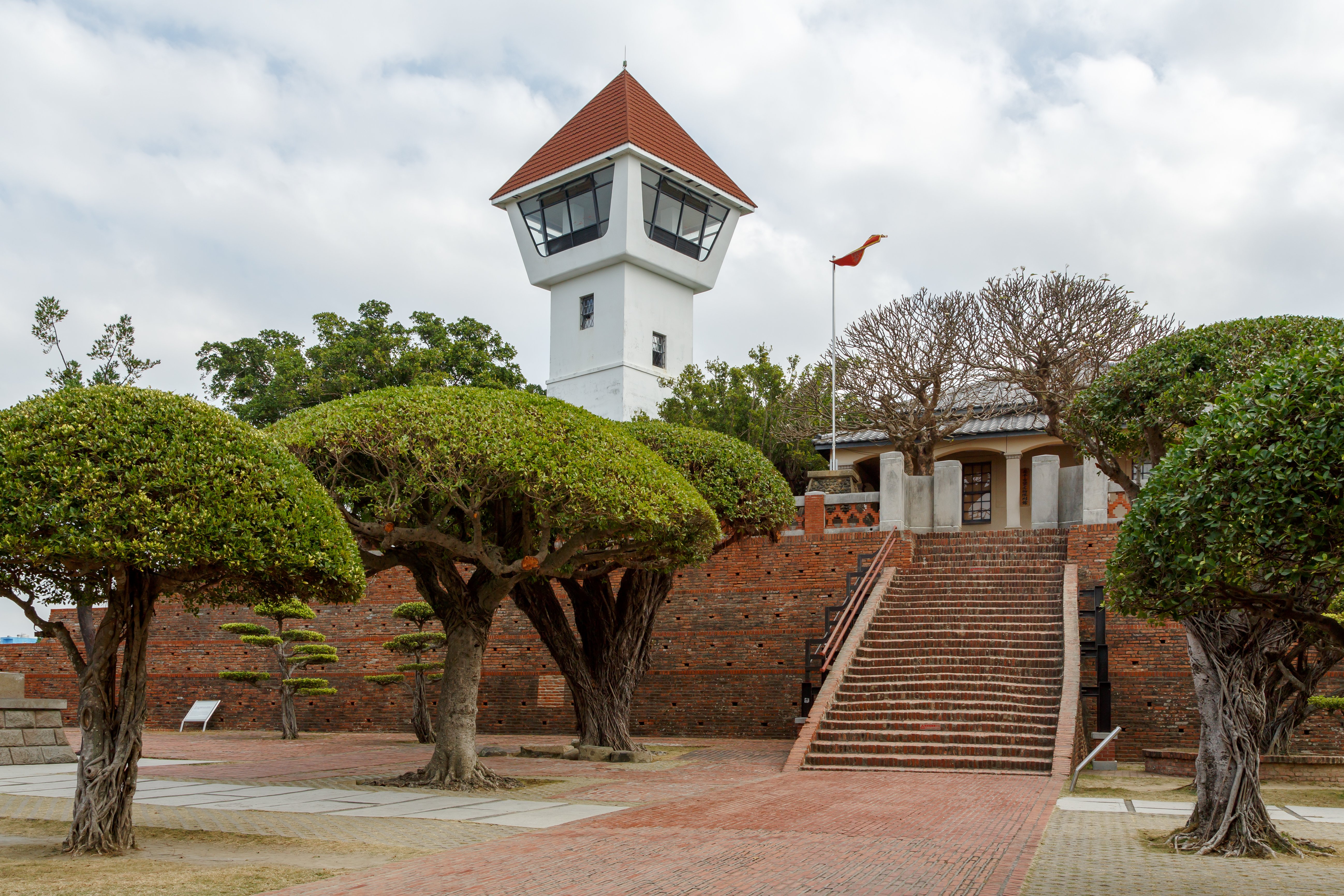🇹🇼map Taiwan [Cuisine]

Culinary Heritage
Taiwan’s food culture grew from a blend of influences and a deep respect for everyday dining. Over the centuries, Han Chinese settlers brought culinary traditions from southeastern China, which mixed with the island’s indigenous customs and, later, Western touches in bakeries and coffee shops. Prosperity also shaped how people eat out: a strong business culture centers on entertaining guests, so you’ll find restaurants covering many regional styles of Chinese cooking. At home, dinner is a daily ritual that brings families together and quietly defines social bonds.
Geography has always pushed Taiwan toward the sea. It’s often called a country of fish eaters, and that shows up in everything from simple soups to celebratory seafood spreads. Cooking tends to go in two directions: slowly simmered soups and stews that bring comfort, and quick, high-heat deep-fried dishes that deliver punchy flavor. Small, family-run places sometimes display fresh produce on the street so diners can point to what they want cooked, keeping the connection between market and table very direct.
Signature Dishes
Seafood leads the way. You’ll see oysters with black bean sauce, prawns wrapped in seaweed, abalone, and clam-and-winter-melon soup on many menus, especially when dining with colleagues or extended family. Cucumber crab rolls sound simple but highlight the island’s love of clean, fresh flavors paired with delicate seasoning. These dishes reflect the everyday balance between comfort and celebration that defines Taiwanese meals.
Daily eating is varied and social. Lunch often means sharing a few plates rather than ordering solo mains, and dinner doubles as a family check-in. Sweet, refreshing drinks are popular between meals, and specialty beverage shops make it easy to grab something fruity on hot afternoons. Western-style bakeries add another rhythm to the day, offering light snacks that fit neatly between meetings or classes.
Local Ingredients
Seafood is the star ingredient, and it comes in many forms—oysters, prawns, abalone, clams, and crab all appear regularly. Rice remains a core staple, anchoring meals at home and in small restaurants. Winter melon shows up in soothing soups, and seaweed provides texture and savory depth, especially wrapped around seafood. Fresh fruit is enjoyed in blended drinks from dedicated beverage shops, a habit that suits Taiwan’s warm climate and love of refreshment.
Pantries rely on a mix of seasonings that lift natural flavors without drowning them. Black bean sauces, light soy-based marinades, and clear broths are common, letting seafood and vegetables take the lead. The result is food that’s flavorful but balanced, and rarely heavy. Even quick deep-fried dishes usually arrive alongside something lighter to keep the meal in harmony.
Dining Culture
Meals are about relationships as much as food. Sharing dishes signals equality at the table, and the everyday dinner at home is a quiet ritual that keeps families close. People of higher rank are typically entertained in restaurants rather than invited home, a nuance that reflects respect and social boundaries. If you’re new to Taiwan, you’ll quickly notice how naturally food is used to strengthen both family ties and professional networks.
When dining out, expect an easygoing pace and a focus on communal plates. It’s fine to lean on the host for ordering, and you’ll rarely go wrong by praising the seafood. Tipping isn’t a centerpiece of the experience; the emphasis is on hospitality and the pleasure of eating together. For groceries, small restaurants and neighborhood spots often showcase their produce visibly, blurring the line between market and kitchen.
Where to Eat
You can eat well at every level, from humble spots with their ingredients laid out front to restaurants specializing in different regions of Chinese cuisine. Beverage shops are everywhere and make grabbing a fresh fruit drink an everyday treat. Western-influenced bakeries and coffee shops are part of urban life, offering light meals and a place to pause between work sessions. The sheer variety reflects how much Taiwanese society values convenient, high-quality food.
For travelers and digital nomads, it’s easy to build a routine: a quick breakfast from a bakery, a shared lunch at a neighborhood restaurant, and perhaps a seafood-focused dinner with friends or colleagues. Prices vary by setting, but even simple, family-run places deliver excellent quality. Follow the crowds, and don’t be shy about pointing to what looks fresh.
Cooking at Home
Home cooking revolves around togetherness and comfort. Many families favor slow-simmered soups and stews, with rice as the anchor and seafood or vegetables providing variety. Because small restaurants are everywhere and reasonably priced, locals often mix home cooking with eating out, depending on schedules and family needs. If you like to cook, you’ll find plenty of inspiration just by seeing what small eateries are serving each day.
Culinary experiences are woven into daily life rather than treated as a special event. You learn by eating with others—observing how dishes are balanced and how ingredients are chosen—and by chatting with shop owners about what’s freshest. It’s a practical, approachable way to understand the food culture without needing a professional kitchen or advanced equipment.
Dietary Considerations
Seafood is central, so those with shellfish sensitivities should communicate clearly and ask about sauces and broths. Many dishes are prepared with shared cooking oils or stock, making it important to check if you have strict dietary needs. At the same time, meals are highly customizable when you order directly from fresh displays, and staff are used to guiding diners to suitable choices. Clear, polite questions go a long way in ensuring a comfortable and enjoyable meal.
Li Wei
Li Wei is a financial services professional and cross-cultural consultant originally from Hong Kong,
with over 12 years of experience in international banking and Southeast Asian business
development. Having worked for major financial institutions including HSBC and Standard Chartered,
Li Wei has extensive experience facilitating the relocation of international professionals
to Hong Kong, Singapore, and other key Southeast Asian markets.
Published: 2025-08-30